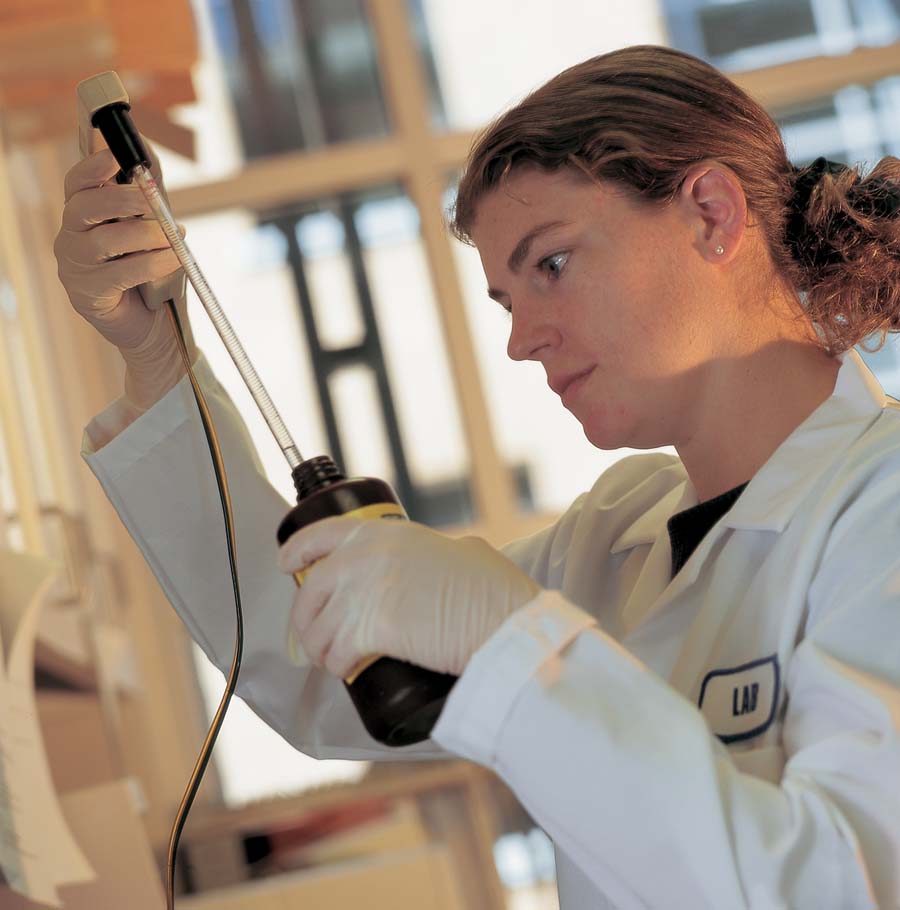Research Faculty
The department currently has five endowed chairs, three of which were made possible through a generous gift by Oracle Corporation President and CEO, Lawrence J. Ellison. Hari Reddi, PhD, an internationally recognized molecular and cellular biologist, joined the faculty in 1997 as the Lawrence J. Ellison Professor of Skeletal Molecular Biology. He established a school-wide program in tissue regeneration and repair.
The department's research center also has a well-established, nationally known, biomechanics laboratory led by Hari Reddi, PhD with focus on bone modeling and remodeling, trabecular micromechanics and joint biomechanics.

In 2008 the department recruited Dominik Haudenschild, PhD, whose current research focus in on establishing a connection between mechanotransduction and transcription factor activation in cartilage and during chondrogenesis, and on identifying biomarkers created by increased protease activity during the progression of arthritis.
Blaine Christiansen, PhD joined the department as an Assistant Professor in March of 2010. His research investigates the adaptation of bone to mechanical loading, and the role of the mechanical environment on musculoskeletal growth and development.
Research areas of interest
Bone regeneration: Isolation of bone-inducing substances. Identification of skeletal tissue stem cells. Development of in vivo delivery vehicles for cells and bioactive factors.
Bone remodeling: Effects of mechanical stress and fatigue. Hormonal control. Relationship to implants. Effects on mechanical properties. Mathematical analysis and computer modeling.
Bone graft substitutes: Incorporation and remodeling of hydroxyapatite ceramics, collagen and bioactive factors. Material properties, structural properties and finite element modeling.
Structural analysis of biologic tissues: Empiric measurement of strain in relation to physiologic loads in bone and tendon. Finite element modeling of biological strain.

Joint mechanics: Contact areas and pressure in the knee, hip and shoulder in relation to pathology and reconstruction. Dynamic function of the shoulder joint.
Implant Design: Performance (stability, micromotion, fit) of prosthetic implants in relation to design. Analysis of CT data for implant design and selection. New designs for implant/allograft proximal femur replacements.
Peripheral nerve physiology: Pathophysiology of peripheral nerve dysfunction in relation to intermittent compression and traction. Animal models of occupational nerve disorders.
Allografts: Control of the immune response to osteocartilaginous allografts. Allografts for proximal femur replacement. Biologic activity of bone bank allografts in relation to sterilization and storage methods.
Gait analysis: Effects of tibial torsion and foot position on motions at the knee. Analysis of spastic gait in cerebral palsy patients. Hip joint coverage in abduction bracing. Human and canine hip dysplasia.
Bioactive factors: Role in cartilage healing. Effects in systemic circulation. Role in osteoinduction.
Tendon repair: Physiologic response of cultured tenocytes to mechanical strain.
Spinal instrumentation: Biomechanical analysis of anterior and posterior instrumentation.
